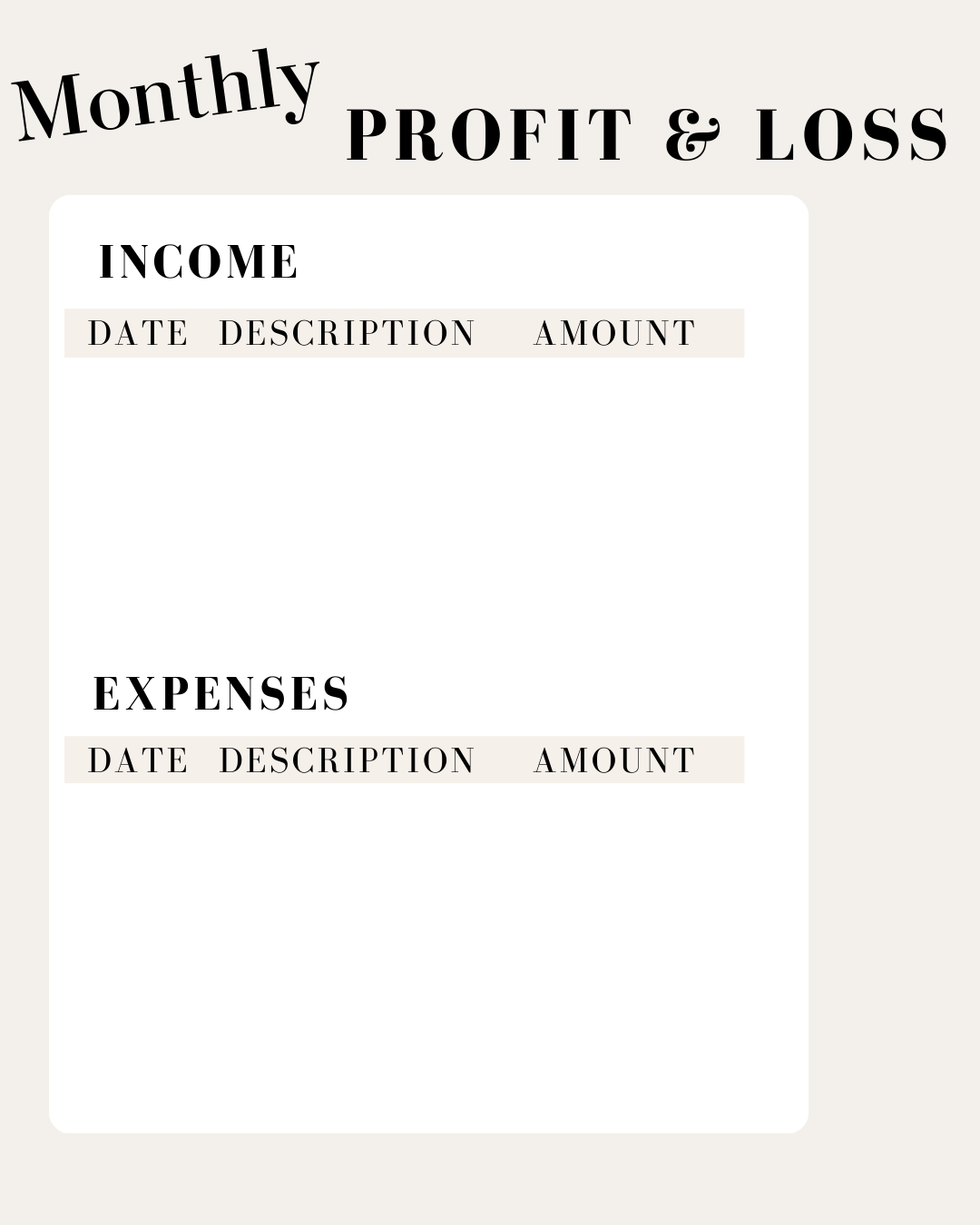#7 Profit and Loss Statement
Part 7 of 7
What does a profit and loss statement include?
A Profit and Loss (P&L) statement, also known as an Income Statement, is a financial report that provides a summary of a company's revenues, costs, and expenses over a specific period.
Here are the key components typically included in a profit and loss statement:
Revenue (Sales):
Gross Sales: The total amount of sales generated before deducting any returns or allowances.
Returns and Allowances: The amount of sales that is returned or discounted.
Net Sales:
Net Sales = Gross Sales - Returns and Allowances
Net sales represent the total revenue generated after accounting for returns and allowances.
Cost of Goods Sold (COGS):
Direct Costs: Expenses directly associated with producing goods or services.
Indirect Costs: Overhead costs indirectly associated with production.
COGS = Direct Costs + Indirect Costs
Gross Profit:
Gross Profit = Net Sales - COGS
Gross profit represents the profit earned from the core business operations before deducting operating expenses.
Operating Expenses:
Selling, General, and Administrative Expenses (SG&A): Expenses related to day-to-day operations, including salaries, rent, utilities, and marketing.
Research and Development (R&D): Costs associated with developing new products or improving existing ones.
Depreciation and Amortization: Allocation of the cost of assets over their useful life.
Operating Income (Operating Profit):
Operating Income = Gross Profit - Operating Expenses
Operating income represents the profit earned from the core business operations after deducting operating expenses.
Other Income and Expenses:
Interest Income: Earnings from interest-bearing assets.
Interest Expense: Costs associated with borrowing money.
Other Income: Non-operating income, such as gains from the sale of assets.
Other Expenses: Non-operating expenses, such as losses from the sale of assets.
Net Income Before Taxes:
Net Income Before Taxes = Operating Income + Other Income - Other Expenses
Net income before taxes represents the company's profit before accounting for income taxes.
Income Tax Expense:
The amount of income taxes owed based on the taxable income.
Net Income:
Net Income = Net Income Before Taxes - Income Tax Expense
Net income represents the company's profit after accounting for income taxes.
Earnings per Share (EPS):
EPS is calculated by dividing net income by the average number of outstanding shares.
EPS = Net Income / Average Number of Outstanding Shares
A well-prepared profit and loss statement provides valuable information about a company's financial performance, helping stakeholders, including investors and management, assess profitability and make informed business decisions. Additionally, the information from the P&L statement is essential for tax filings, financial analysis, and strategic planning.

